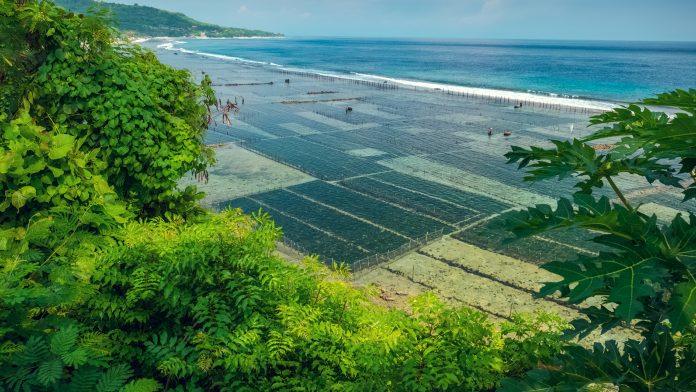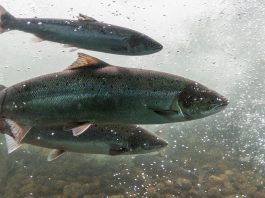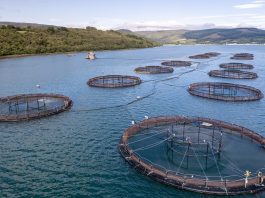Research pioneered at Cornell University suggests that developing onshore algae farms could help feed ten billion people by 2050, enhancing global food security.
The new study discovered that developing onshore algae farms – especially throughout the coasts of the Global South – can mitigate inequalities in the world’s future nutritional demands while ensuring environmental sustainability. Producing protein-dense microalgae in onshore seawater-fed aquaculture systems could increase food production by more than 50%.
Charles Greene, professor emeritus of Earth and atmospheric sciences and the paper’s senior author, commented: ” We have an opportunity to grow food that is highly nutritious, fast-growing, and we can do it in environments where we’re not competing for other uses. And because we’re growing it in relatively enclosed and controlled facilities, we don’t have the same kind of environmental impacts.”
Food security risks
With the planet’s population forecasted to grow exponentially in the coming years, factors such as climate change, reduced arable land, environmental degradation, and lack of freshwater will jeopardise the amount of food that can be produced, putting millions at risk globally.
Greene explained: “We just can’t meet our goals with the way we currently produce food and our dependence on terrestrial agriculture.”
Currently, wild fish stocks have been exploited significantly, and there are constraints on marine shellfish, finfish, and seaweed aquaculture in the coastal ocean.
Algae farms can meet the global demand
To overcome these issues, Cornell researchers explored the potential of growing algae in onshore aquaculture systems. For their study, the team employed GIS-based models to estimate yields based on annual sunlight, topography, and further environmental and logistical factors.
The results from the model illuminated that the optimal locations for onshore algae farms are situated along the coasts of the Global South, which includes desert environments.
“Algae can actually become the breadbasket for the Global South,” Greene said. “In that narrow strip of land, we can produce more than all the protein that the world will need.”
In addition to high protein content, algae can provide nutrients that vegetarian diets lack, including essential amino acids and minerals contained in meat and omega-3 fatty acids found in fish and seafood.
Algae grow ten times faster than traditional crops and can be produced more efficiently than agriculture in its use of nutrients. For example, farmers add nitrogen and phosphorus fertilisers to grow terrestrial crops, of which around 50% runs off fields, polluting waterways, whereas algae grown in enclosed facilities ensures that excess nutrients can be obtained and reused.
Another sustainable benefit of algae is also being explored by researchers who are attempting to add algae to construction materials and cement to sequester carbon and remove it from the atmosphere.
Greene concluded: “If we use algae in these long-lived structural materials, then we have the potential to be carbon negative and part of the solution to climate change.”





